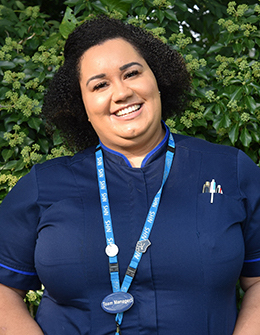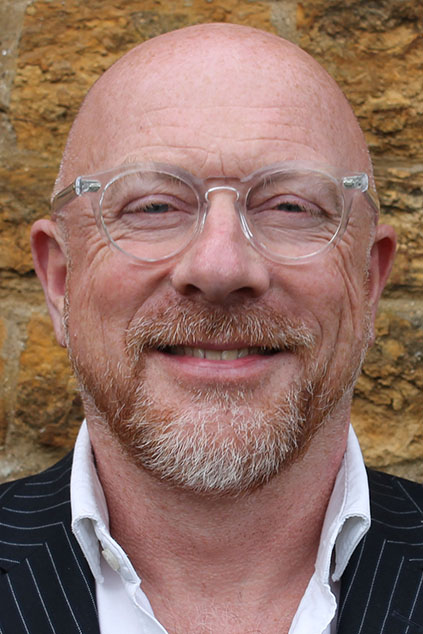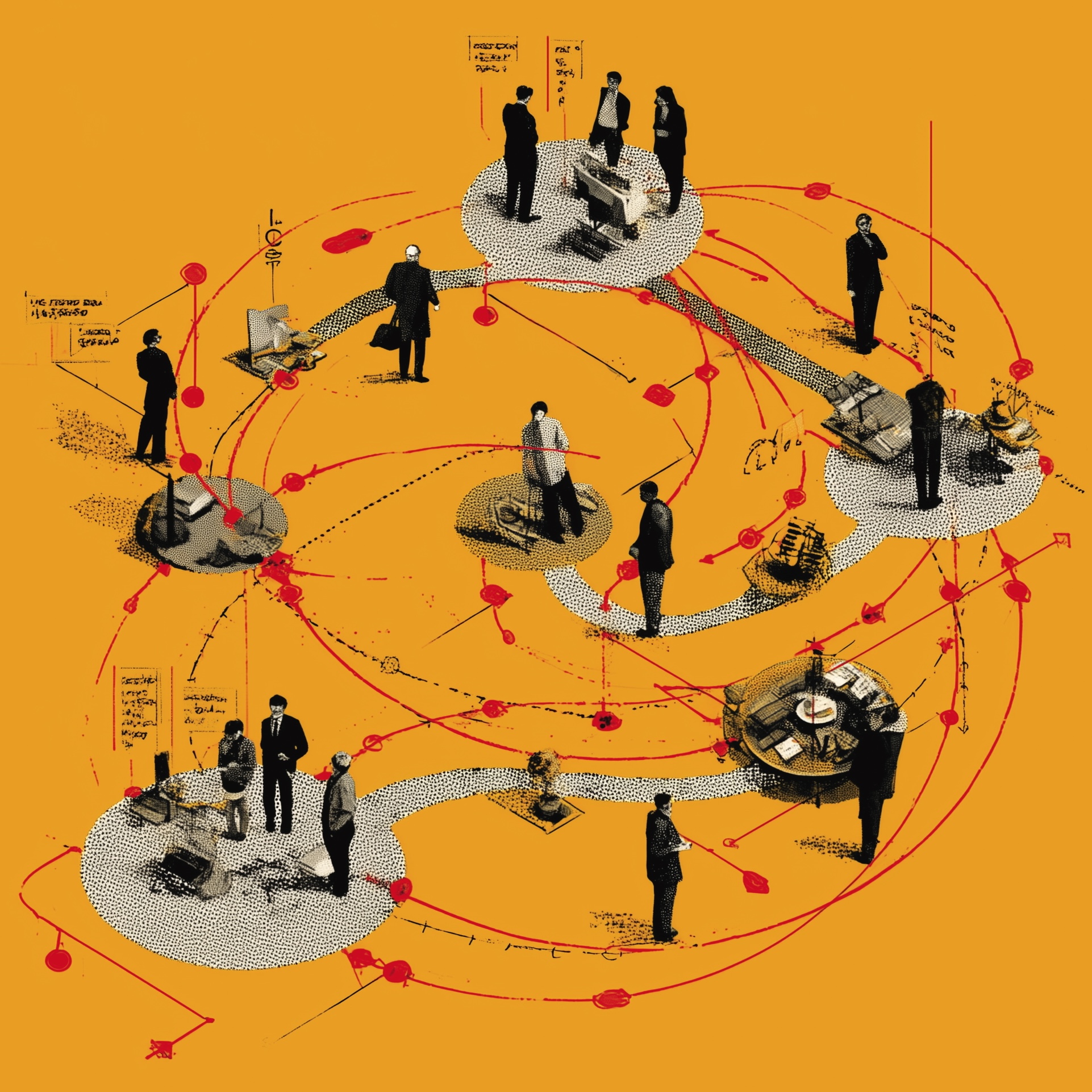Change with confidence: Leicestershire’s mental health hub
NHS staff in Leicestershire took just 11 days to set up a mental health urgent care hub in the early days of the pandemic. Two managers involved explain how an emergency response is now delivering long-term gains for local services.
 Saskya Falope: “If someone’s really struggling and they need urgent help, we’re able to get them an appointment straightaway at the hub.”
Saskya Falope: “If someone’s really struggling and they need urgent help, we’re able to get them an appointment straightaway at the hub.”
Back in spring 2020, NHS hospitals across the country were gearing up for a potential surge of coronavirus patients, and NHS England asked mental health trusts to help boost capacity by finding ways to diverting patients from acute hospital emergency departments.
“In the early days of the pandemic, there was a great deal of uncertainty about how much we could reduce the footfall of people going to A&E,” says Gordon King, director of mental health services at Leicestershire Partnership NHS Trust.
The trust, which provides mental health services across Leicester, Leicestershire and Rutland, responded to the emergency by collaborating with partner organisations to set up a new urgent care service in its Bradgate unit.
King describes the “extraordinary” energy and commitment shown by staff in turning an outpatient area into a suitable space for clinical assessment. “People came in over the weekend and worked flat out – paint brushes, yellow tape, moving furniture – it was a real piece of work.”
Underlying this transformation, he says, was “a clinical view that it wasn’t just about trying to reduce footfall. It was also about trying to genuinely improve the experience of service users, carers and families”.
The mental health urgent care hub, which opened on 11 April 2020, provides mental health assessments and support for people who would have previously been seen by the mental health triage team in the emergency department at Leicester Royal Infirmary.
Hitting the ground running
Saskya Falope, team manager for mental health urgent care and access, recalls the challenges of staffing the new service at speed. “We took staff from our existing urgent care and access pathway – from the crisis team, the liaison and diversion service that was based in our acute hospital and some staff from the wards,” she says. “They were able to hit the ground running because they already had the skills and expertise – they were doing the assessments already but in different locations and in different ways.”
The hub operates as an integral part of the urgent care and emergency mental health pathway. Patients are referred by a range of agencies, including police and ambulance services, NHS 111, GPs and hospital emergency department staff and other trust services – including a 24-hour mental health helpline service launched in the same month. It supports people with a range of conditions, including severe depressive or psychotic episodes, and individuals experiencing suicidal thoughts – some of whom may have self-harmed or taken minor overdoses.
“If someone rings the central access line and is really struggling and they need emergency help, we’re not redirecting them to A&E, which would have been the model previously,” Falope explains. “We’re able to get them an appointment straightaway at the hub and have that sort of clinical handover and discussion. So it saves information being lost in the process, which is really beneficial and useful for the patient journey.”
The hub has been designed to be a more comforting and less clinically ‘sterile’ environment than traditional A&E, she adds, with subdued lighting, wall murals a and noticeable lack of bleeping machines.
Support and reassurance
In the hub, staff have more time to spend with patients and carry out multi-disciplinary team mental health assessments than is usual in a hospital emergency department. “Sometimes people come in really upset or not in the right frame of mind to sit down and have a conversation,” Falope explains. “So we can give them that space to perhaps go and rest and then speak to them when it’s more convenient. Trained staff, whether they’re support workers or qualified mental health staff, are able to give the support and reassurance people need.”
Following screening and assessment, patients may be discharged back home under the care of their GP; taken on by the crisis home treatment team; admitted to an inpatient ward or assessed under the Mental Health Act; referred to their local community mental health team for support; or signposted to other sources of help and advice.
King insists the hub is “absolutely not” a mental health ‘decision unit’. “I’m not criticising those units, they often exist in response to particular flow issues and demand issues related to beds,” he says. “But [the hub] is about supporting the urgent care pathway and supporting our colleagues at A&E and our liaison team and giving people more opportunities.”
 Gordon King: “We took a clinical view that it wasn’t just about trying to reduce footfall. It was also about genuinely ttrying to improve the experience of service users, carers and families.”
Gordon King: “We took a clinical view that it wasn’t just about trying to reduce footfall. It was also about genuinely ttrying to improve the experience of service users, carers and families.”
Getting results
Referrals to the hub have more than doubled, from 144 in April 2020, the first month of its operation, to 329 in March this year. At the current rate, the hub is dealing with almost 4,000 patients a year, the bulk of whom would otherwise probably have gone to A&E.
Figures show that just 5% of patients referred to the hub end up being admitted to hospital. “We’re able to treat some self-injurious behaviour, so it’s rare that we have to redivert a referral back to A&E,” Falope says.
The increase is also likely to reflect the setting up of the 24-hour mental health central access point. In December 2020, the service was merged with an adult crisis helpline commissioned from Turning Point, to provide round-the-clock access to urgent support, advice, signposting and referral.
“We’re seeing an increase, which I think is reflected nationally, in people accessing urgent and emergency mental healthcare in the pandemic, because of all the restrictions and issues with jobs and social factors,” explains Falope.
“Covid has slightly exposed some of the risks about potentially channelling a lot of urgent mental health activity through the front doors of A&E,” says King. Effective use of the hub has enabled the trust “to manage admission into our mental health beds in a more stable manner”, he explains.
King says the trust’s service model is distinctive, because of the mix of staffing, the fact it is not located at an acute hospital and the way it is incorporated into the urgent care pathway.
“The patient feedback we get reflects that,” adds Falope. Asked how the service differs from their experiences with A&E, “a lot of patients will comment on the environment, having more time and some of the experiences they have with maybe non-mental health staff in A&E,” she says.
Managers and clinicians at their best
Although the hub came about as an emergency response to the pandemic, King says it forms part of the trust’s long-term plans for financial sustainability and investment in mental health. Managers are now looking at other ways in which the hub could take pressure off ambulance and acute A&E services, and the Leicester, Leicestershire and Rutland CCG is currently consulting the public about whether to make the hub permanent.
“I think there’ll always need for commissioned and managed acute liaison services and there will always need to be trained mental health professionals working in acute hospitals for all sorts of reasons,” says King. “However, I think there is scope for thinking differently about broadening opportunities for people.
“The pandemic gave us an opportunity to work in a way that showed clinicians and managers at their best – which is making decisions for the benefit of services users and carers really quickly and implementing them with confidence in a way that avoided a lot of bureaucracy and logjams.”
Falope says working on the initiative has been very satisfying professionally, in part because of the flexibility and freedom staff were given to introduce changes at pace during the pandemic, and the close collaboration with system partners and colleagues in A&E and ambulance services.
“Everybody came together really quickly to do what was needed,” she adds. “At the beginning we could never have imaged where we’d be now with the hub and the sort of care and treatment we can offer to patients.”
Related News
-

What now? Seven expert takes on the Ten-Year Plan
The government’s Ten-Year Plan for the NHS in England has met with enthusiasm and exasperation in equal measure. We asked seven healthcare experts to give us their considered view on one aspect that interests, excites or annoys them.
-

NHS job cuts: what are your options?
When politicians start reforming the NHS, there is only one certainty: some people will lose their jobs. But what options might be on the table and how does redundancy work? Corrado Valle explains.
-

We get knocked down. We get up again.
With its brutal NHS cuts and chaotic reform plans, the government is moving fast and breaking things (again). It will be up to managers to fix them (again), writes Geoff Underwood.